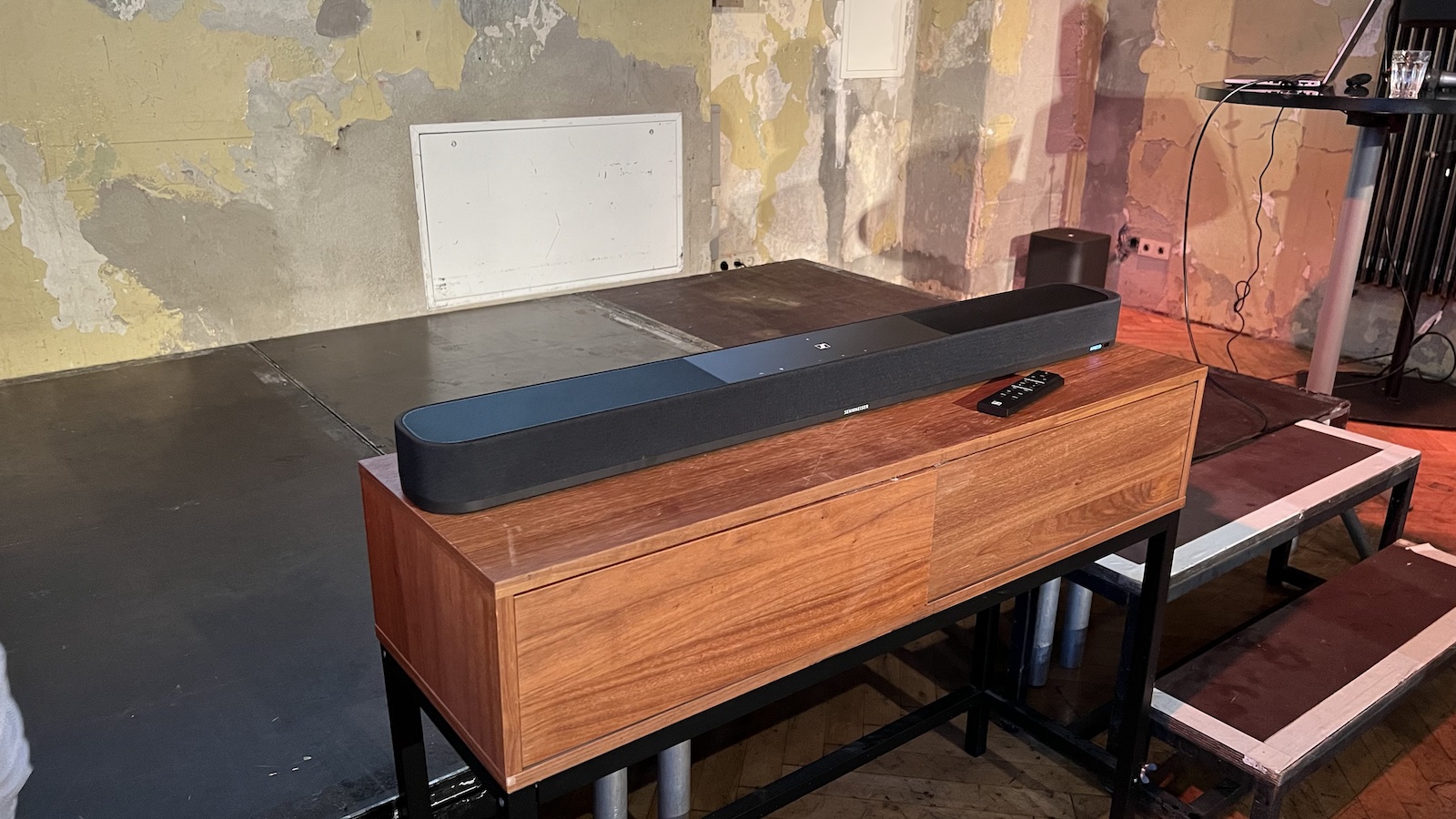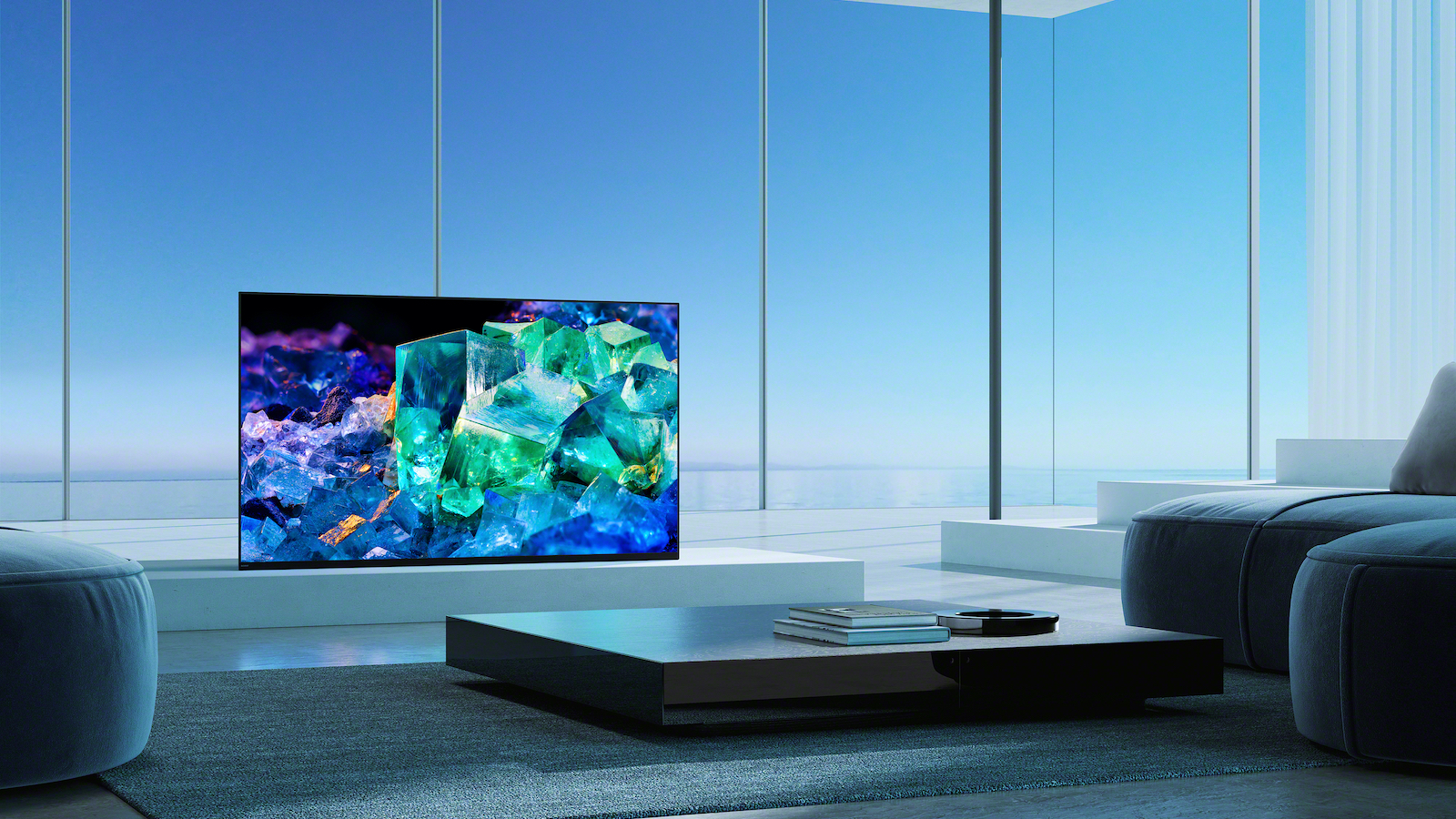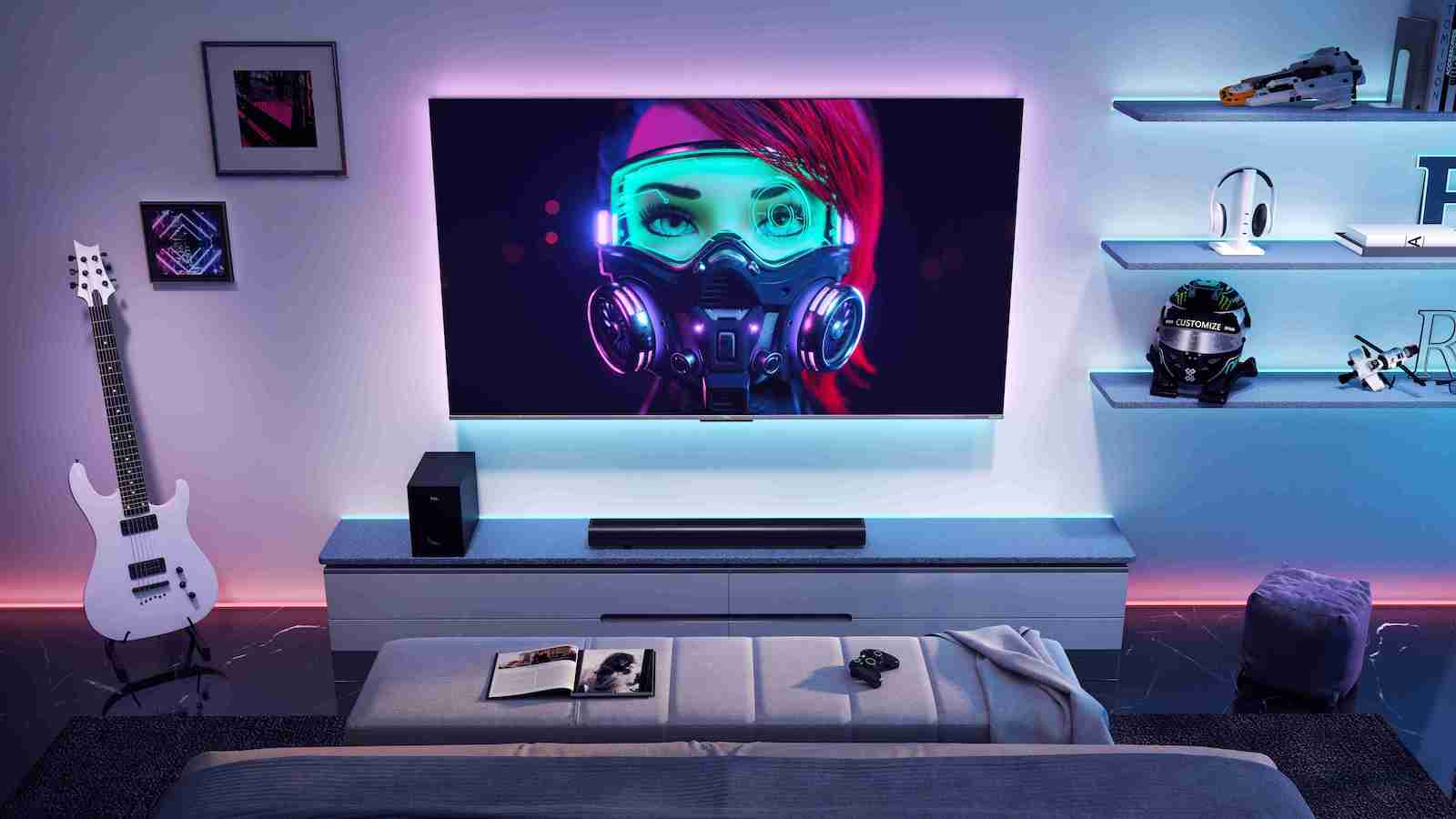My struggle with Dolby Atmos soundbars is very real – and concerns their set-up
Convenience and a quality experience can be hard to achieve

The search for home cinema nirvana can be a tricky one – especially if you want full surround-sound immersion in a modern living room. Speaker space has never been at a greater premium, and as much as I want a movie-watching experience that could rival my local multiplex, I also have to be realistic.
It’s a shame. After all, there’s nothing better than watching a 4K Blu-ray or streaming a 4K movie through a full-fat AV system. And the emergence of audio formats such as Dolby Atmos and their integration into consumer home cinema products have brought another dimension to the way we consume movies and TV shows and added another layer to the listening experience.
To make the most of these soundtracks, though, you really need a dedicated Dolby Atmos-compatible surround sound speaker package with all the trimmings – including speakers placed in your ceiling, or up-firing modules on (or at the) top of your speakers that use reflections to deliver a similar height effect.
But what if that’s not practical?
The emergence of Dolby Atmos soundbars

Now I’m trying to write this with a straight face, but one way we’ve been told we can experience Dolby Atmos is purely through a television. TV manufacturers love to make a song and dance about the fact their TVs can deliver the format through their built-in TV speakers. But I’ve heard it – and I assume some of you reading this have too – and it’s nothing like The Real Deal.
There have been some more serious attempts to design TVs with up-firing drivers on their rear (from Panasonic) to give some sort of Atmos effect, or integrated soundbars that can do similar (from Philips). They don’t do a terrible job, to be fair, but as you would expect it still isn't the most convincing – you know, compared to a surround speaker-based Atmos set-up.
So, you can understand why Dolby Atmos soundbars have become so popular. You can find budget models that support the audio format but, for me, it is higher up the price range where a Dolby Atmos soundbar makes the most sense. After all, a small bar with front-firing drivers powered by an algorithm designed to try and weave magic from a Dolby Atmos soundtrack can only do so much.
The latest hi-fi, home cinema and tech news, reviews, buying advice and deals, direct to your inbox.
The best Atmos soundbars are brilliant…

A couple of weeks ago, I was lucky enough to have a listen to some of the best Dolby Atmos soundbars to pass through our test rooms in 2022. I had back-to-back demos of the Sonos Arc, Sony HT-A7000 and the Sennheiser Ambeo Plus – all soundbars that gave me a much greater feeling of immersion than any TV could manage.
Of course, they’re still not going to be as convincing as a full 5.1.2 or 7.1.4 set-up due to the nature of their size and placement, but as I heard effects hover and move overhead during the scenes I saw from Bladerunner 2049, I couldn’t help but be impressed at the level of immersion delivered by such a 'simple' set-up.
However, just as I was about to reach for the popcorn and put my out-of-office on for the afternoon, I noticed a problem: each soundbar consistently obstructed the TV screen. All of these soundbars sit at the more premium end of the market and boast bigger drivers in greater numbers and in more positions than cheaper models. That's great for sound quality and immersion, but a little trickier to accommodate.
But modern TV designs are letting them down

This finally brings me to the main points of this article (congratulations if you’re still with me): the fact that there are so many TVs on the market that make it difficult to accommodate the very best Dolby Atmos soundbars. Some TVs hug your rack so tightly that you couldn’t slide a cigarette paper between the bottom of the bezel and your AV stand. Maybe it’s the OCD part of my personality, but I really don’t want anything spoiling my enjoyment of a glossy 4K picture – not even the inch at the bottom of one.
In the past, some TV manufacturers have left sufficient gaps to slide their own soundbars into place, which is very kind of them... but what if I don’t want my soundbar to match my TV? Some excellent TV manufacturers (who will remain nameless) don’t necessarily have glowing track records when it comes to creating breathtakingly good soundbars. I’d rather invest in a Sennheiser or Sonos soundbar that is more effective at delivering the kind of experience that I want, but that doesn't have matching TVs.
What I don’t want is to have to peer over the top of the soundbar to make sure I’m not missing any action on the bottom few inches of my TV screen. Surely there can be a compromise that offers room for bigger soundbars to breathe while still achieving the desired aesthetic that a manufacturer wants. Or perhaps there isn’t? Perhaps, I am resigned to using a pile of carefully positioned back issues of What Hi-Fi? to elevate my TV to a new height…
But that’s not all...

Even if there is space to position the soundbar in front of the TV, this isn’t necessarily going to produce the best results. Sure, the drivers have a better chance of sending effects upwards, but then your TV is going to act like a rear wall, with sound reflecting off the front of the panel and interfering with what’s coming out of the drivers. Not ideal.
If you don’t want to obstruct the screen, and your TV sits on a multi-shelf AV rack, you might be tempted to move the soundbar to the shelf below. But that doesn’t really work for premium Dolby Atmos soundbars with drivers mounted on top, as they would simply end up firing audio upwards and into the shelf above – those overhead effects would have no way of reaching the listener.
Alternatively, you might have your TV wall-mounted and think 'I’ll just add the soundbar beneath'. Actually, this introduces another potential issue. If your TV is mounted at eye level, this could mean your soundbar is positioned lower than is ideal to make the most of Atmos. And this could be exacerbated by my final point…
Which is that for Dolby Atmos to work optimally, you need to be sat in the right place to make the most of those ceiling reflections. Unfortunately, a lot of Dolby Atmos soundbars just don’t have the adjustments necessary to take into account one seating position let alone multiple and produce convincing overhead sound for all parties. It’s the kind of flexibility that’s built into the best AV receivers by default.
Unless some clever soul finds a way for TVs and Dolby Atmos soundbars to be positioned in harmony, then, this brings me back full circle: perhaps Dolby Atmos is simply best served through a dedicated surround sound setup.
MORE:
Dolby Atmos: what is it? How can you get it?
The 22 best Dolby Atmos movie scenes to test your home cinema surround sound system
Our pick of the best Dolby Atmos soundbars
Andy is Deputy Editor of What Hi-Fi? and a consumer electronics journalist with nearly 20 years of experience writing news, reviews and features. Over the years he's also contributed to a number of other outlets, including The Sunday Times, the BBC, Stuff, and BA High Life Magazine. Premium wireless earbuds are his passion but he's also keen on car tech and in-car audio systems and can often be found cruising the countryside testing the latest set-ups. In his spare time Andy is a keen golfer and gamer.

